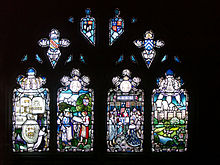
John Kemp was a medieval English cardinal, Archbishop of Canterbury, and Lord Chancellor of England.
Robert Stillington was an English cleric and administrator who was Bishop of Bath and Wells from 1465 and twice served as Lord Chancellor under King Edward IV. In 1483 he was instrumental in the accession of King Richard III, leading to later reprisals against him under King Henry VII.
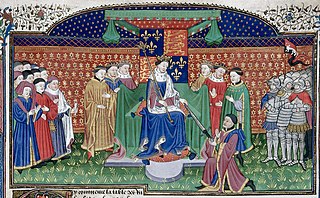
John Stafford was a medieval English prelate and statesman who served as Lord Chancellor (1432–1450) and as Archbishop of Canterbury (1443–1452).
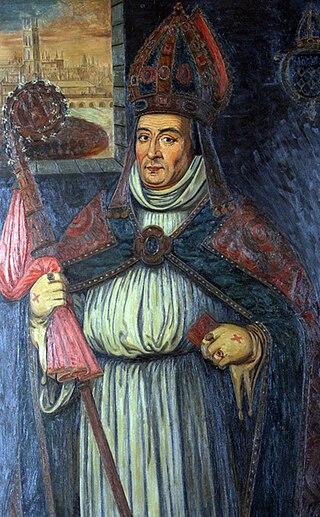
William Waynflete, born William Patten, was Headmaster of Winchester College (1429–1441), Provost of Eton College (1442–1447), Bishop of Winchester (1447–1486) and Lord Chancellor of England (1456–1460). He founded Magdalen College, Oxford, and three subsidiary schools, namely Magdalen College School in Oxford, Magdalen College School, Brackley in Northamptonshire and Wainfleet All Saints in Lincolnshire.
Nicholas Close was an English priest.

Morwenstow is a civil parish in north Cornwall, England, United Kingdom. The parish abuts the west coast, about six miles (10 km) north of Bude and within the Cornwall Area of Outstanding Natural Beauty (AONB).
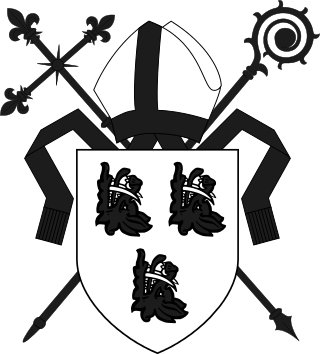
Lawrence Booth served as bishop of Durham and lord chancellor of England, before being appointed archbishop of York.
Thomas Brunce was a 15th-century Bishop of Rochester and then Bishop of Norwich.
Adam Moleyns, Bishop of Chichester, was an English bishop, lawyer, royal administrator and diplomat. During the minority of Henry VI of England, he was clerk of the ruling council of the Regent.
Edmund Audley was Bishop of Rochester, Bishop of Hereford and Bishop of Salisbury.

John Arundel was a medieval Bishop of Chichester.
Reginald Boulers was a medieval Abbot of Gloucester, Bishop of Hereford and Bishop of Coventry and Lichfield.
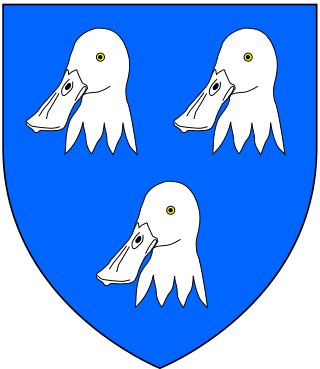
Edmund Lacey was a medieval Bishop of Hereford and Bishop of Exeter in England.
Robert Mascall was a medieval Carmelite friar who served as the Bishop of Hereford from 1404 to 1416.

Thomas Spofford was a medieval Bishop of Hereford and Abbot of St Mary's Abbey, York.

Richard Beauchamp was a medieval Bishop of Hereford and Bishop of Salisbury.
Thomas Mylling was a medieval Bishop of Hereford. He was Abbot of Westminster from 1469 to 1474. He was nominated as bishop on 22 June 1474 and consecrated on 21 August 1474. He died on about 12 January 1492.

John Low or John Lowe was a medieval Bishop of St Asaph and then Bishop of Rochester, in Wales and England respectively. He was an Augustinian friar and opponent of the Lollard movement.
William Ayscough or Aiscough was a medieval English cleric who served as Bishop of Salisbury from 1438 until his death.
